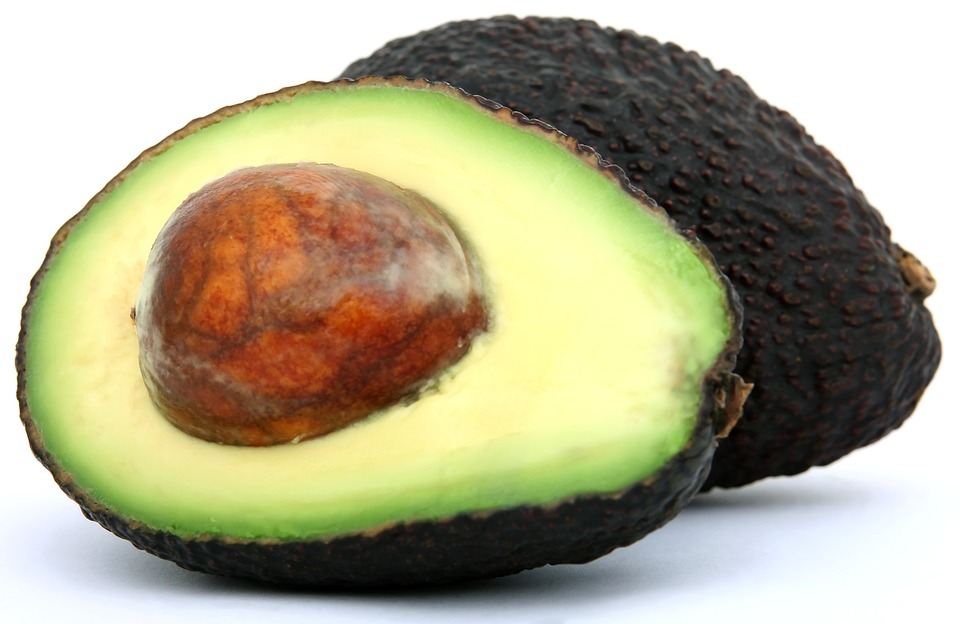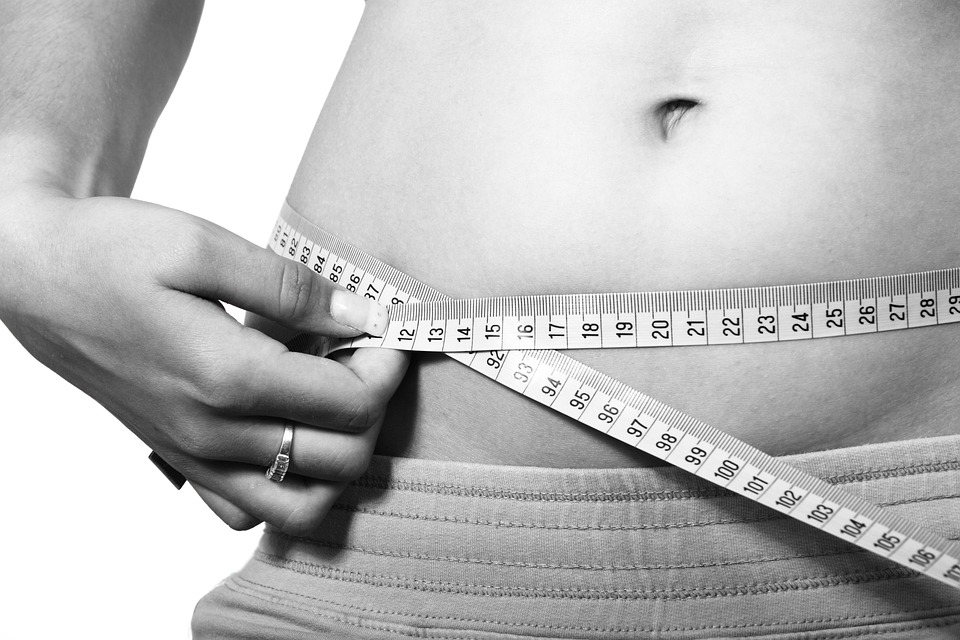Unlike Americans, many of whom grew up on canned sponge pasta, Italians insist that their pasta be well cooked, or “on the teeth,” a consistency that still retains some substance. It may be a little hard in the center. The pasta is chewier this way (maybe a little chewier than most Americans like.) But that’s a good thing. It not only gives you something to sink your teeth into so you can enjoy the wonderful pleasure and sensation of eating something. But it’s also better for your health — and better for your weight.
Italians love to eat pasta, not papalum!
They believe eating pasta is healthier for your digestive system than spongy, overcooked mush that is belly heavy and makes you feel sluggish. When the pasta is overcooked, it means that it has absorbed as much liquid as possible. On the other hand, cooked pasta can absorb more during the digestion process and thus be digested more easily.
Al dente pasta also has a lower glycemic index than overcooked pasta, so it has less of an impact on blood sugar levels. Quality pasta made from durum durum wheat semolina (the kind favored by Italians) and wholegrain pasta have a consistent strength. Their low glycemic index means they give you a slow and steady supply of fuel while allowing your blood sugar levels to remain steady, helping to keep you from getting hungry between meals.
When I made pasta (with a little extra virgin olive oil) a regular part of my diet, I lost the urge to snack between meals. I didn’t need that. I wasn’t hungry! It has become a cornerstone in helping me maintain my weight without having to put a lot of effort into it. But how do you achieve that magical consistency known as al dente? It’s as simple as one-two-three!
First, you have to cook your pasta in plenty of water. Most Americans don’t use enough. Get at least one quart of water per quarter pound of pasta, or four quarts per pound (the weight of a typical package of spaghetti.) All I can say is use a large pot with plenty of water! This is important because you want the water to come back to a boil as soon as possible after you add the pasta, otherwise it takes a long time to cook and timing can become an issue.
Copious amounts of water also give the pasta plenty of room to move and cook evenly. Plenty of water also prevents the separate pieces from sticking together. You also need plenty of water because the pasta will double in size by absorbing it while cooking. Now for the salt. Do not add it until the water begins to boil. They say if you add it before then it may etch your cookware before it melts. How much salt should you use? I like what Sophia Loren says in one of her cookbooks. Use a “big pinch”. Too little noodle leaves fluffy, but too much will overpower it.
I usually just pour a little bit into my hand and take a nice pinch. You can always edit it if it’s not right. After a while, you’ll just know. You will be like an easy going Italian chef. How do you know when pasta is done? You can follow the directions on the packaging, but these are just approximations. You really have to taste it to know for sure. This doesn’t sound so bad!
Whatever you do, don’t go throw a piece at the wall and see if it sticks. This is pasta abuse! And fun as it sounds, that’s not the Italian way, because it’s not accurate. If the pasta sticks to the wall, you’re in trouble. Exaggerated. this is what I do. I boil a very large amount of water. I add the pasta and a little salt, then give it a whirl and set the timer according to the directions on the package. But I always check before the counter goes off. The noodles need to be a little firmer than you’d like, because they’ll continue to cook as they drain in a colander.
As for portions, in general, think of what I was told in Tuscany: nothing is bigger than your fist. Italians typically eat two to three ounces of pasta as part of a meal that also contains vegetables and perhaps a small amount of lean protein. And remember, don’t go without ketchup. Think of it as dressing noodles in a light summer wrap, rather than a heavy winter coat. All you need is a light drizzle of thin sauce or one or two tablespoons of chunky sauce. And even less for pesto.
Dab will do for you!



0 Comments